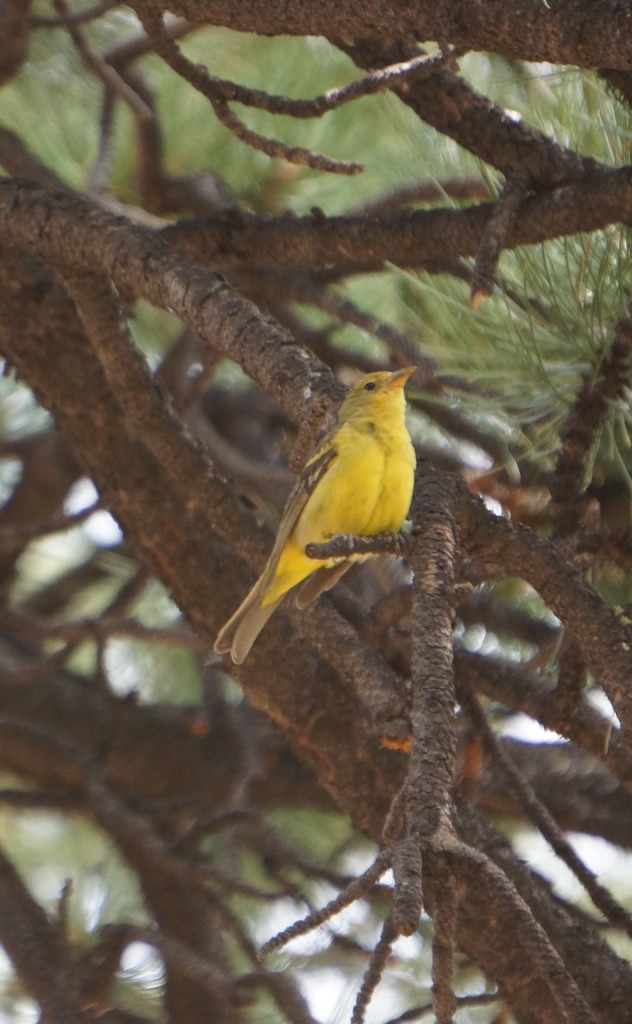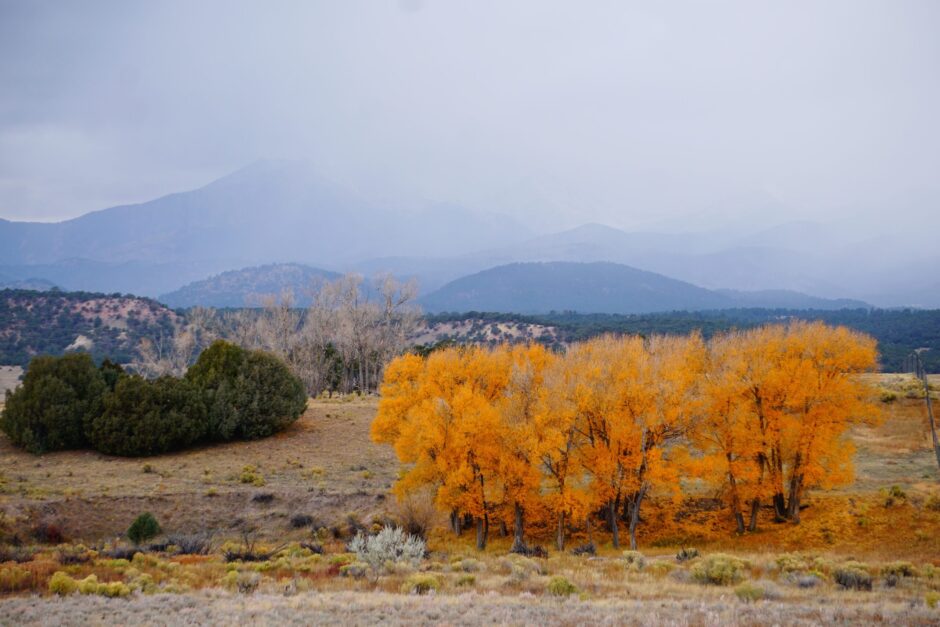So after returning from another trip to Santa Fe, I’m now reading “The Southwestern Journals of Zebulon Pike: 1806-7,” which recounts an expedition to explore the Arkansas River boundary of the Louisiana Purchase—otherwise known as a Poor Man’s Lewis & Clark, although the introduction to the book insists (rather defensively) that Pike was actually much more important than L&C. That may be—though I can’t say that I found the argument convincing. (I have a fondness for good ole Meriwether Lewis and William Clark, myself.) But after reading about Pike’s passage across the Kansas plains and into Colorado, I can tell you that he was definitely more foolish. He tried to climb Pike’s Peak in November, and didn’t make it. He and his men suffered through 17 degrees below zero temperatures, and he admits they didn’t even have good wool winter coats. (From his description it sounds like they had windbreakers, egads.) He describes the Sangre de Cristo mountains (and the Wet Mountains, the first foothills of the Rockies after the Great Plains) as being solid white with snow in early November, which is quite different from their present lack of snow cover in all but the heart of the winter months. (I can vouch for this, since these are the mountains I live in. Blame global warming. We definitely don’t get as much snow now as we did in the 1980s. And I have a picture from 1911, which shows the mountains white with snow in July!)
It’s a fascinating glimpse back in time, 206 years ago: The eastern plains of Colorado were packed with buffalo, in one place as far as he could see. Not to mention elk and deer as well. He travels with only 16 men, which causes some dicey moments when they get surrounded by natives in much greater numbers, who don’t appreciate them wandering through their territory. And they do meet (wrangle with, get harassed by) many Indians, mainly of the Pawnee and Comanche tribes. At one point some Pawnees steal some odds and ends from their party (canteens and whatnot), and Pike (who was a young man at the time, only 26) gets so enraged he goes back to try to kill a couple of them, but doesn’t get a chance. It probably would have ended badly for him and his men, if he had.
Plus it turns out an interview with me and description of The Bird Saviors appeared on KRCC yesterday, the best radio station in Southern Colorado, here. I have to thank Kathryn Eastburn for doing a great job on it! I think she gave a good sense of the atmosphere of the novel, as well as insight into what I intended, with a graceful touch. The landscape of the novel is the same landscape through which Zebulon Pike traveled, though The Bird Saviors is set in the near future, and Pike’s is a glimpse of the distant past.
And here’s a female Western Tanager I found in my yard yesterday. I saved it! (Well, not really. But I did take its picture.) The males are the glamour pusses of their species, being one of the prettiest birds in the West, but I think the females are pretty too, with a lovely yellow hue to their plumage.

